By Michael Haskew
On the eve of the turning point of World War II in the South Pacific, the U.S. Navy’s most experienced aircraft carrier commander, Admiral William F. “Bull” Halsey, lay in a hospital bed in Hawaii with a severe case of dermatitis. Unable to take command during the impending Battle of Midway, Halsey chose his own replacement. Admiral Raymond A. Spruance had commanded his escorting cruisers during earlier operations against the Japanese enemy, and Halsey was confident that Spruance could do the job at the Battle of Midway.
Indeed, the cool and often cautious Spruance was equal to the task, making perhaps the most significant decision of the entire war. At a distance of 170 miles, the extreme limit of his dive bomber, torpedo bomber, and fighter planes’ range, he ordered the carriers Enterprise and Hornet turned into the wind on June 4, 1942, to attack a Japanese naval force including the carriers Akagi, Kaga, Soryu, and Hiryu, before the enemy spotted and attacked his own carriers. In the ensuing battle, Akagi, Kaga, and Soryu were turned into flaming wrecks. Hiryu was sunk later. The resounding victory placed the Japanese on the defensive for the duration of the Pacific War. Spruance had gambled and demonstrated his mastery of the calculated risk.
Spruance’s Second Dilemma
Two years later, however, Ray Spruance was on the horns of another dilemma. During the Battle of the Philippine Sea on June 19-20, 1944, American carrier-based fighter planes ravaged Japanese air power in what became known as the Great Marianas Turkey Shoot while Spruance’s powerful Task Force 58 inflicted serious damage on the enemy fleet. Although he had won a significant victory, Spruance was severely criticized as being too cautious during the battle. It appeared to many Navy observers that he had squandered an opportunity to crush the Japanese fleet once and for all. Halsey recovered from his skin ailment and demonstrated great command presence during the Guadalcanal Campaign in the Solomon Islands. In the autumn of 1942, he supported troops on the island and committed limited U.S. Navy surface assets to a series of battles that stopped the Japanese cold and compelled them to abandon the island.
Task Force 38 & the Battle of Leyte Gulf
In October 1944, Halsey led Task Force 38 in the Battle of Leyte Gulf. Hot tempered and sometimes impetuous, Halsey coveted the opportunity to defeat the Imperial Japanese Navy in a major battle. At Leyte Gulf, he finally got the chance. However, his move jeopardized the safety of the American transports and supply ships surrounding the invasion beaches on the Philippine island of Leyte. Halsey took the bait and followed a Japanese decoy force under Admiral Jisaburo Ozawa far north of Leyte, allowing a strong Japanese naval force to come frighteningly close to the invasion beaches. Only the heroism of the sailors and airmen aboard the escort carriers, destroyers, and destroyer escorts of Taffy 3 off Samar averted catastrophe. Halsey was criticized for chasing Ozawa but retained his command. In December, Halsey’s fleet was on station in the waters off the Philippines as a major typhoon approached. Although he received some conflicting reports about the storm, he chose to remain in the same location and exposed his ships to the devastating high winds and seas. Three destroyers were lost, other ships were damaged, and more than 800 sailors perished. A court of inquiry found that Halsey had erred, but he was not formally reprimanded. Another typhoon hit Task Force 38 in the spring of 1945, and again a court of inquiry found fault – this time recommending that Halsey be reassigned. No action was taken against one of the major heroes of the Pacific War. Throughout their naval careers Spruance and Halsey remained close friends. One was cautious, the other impetuous. Each contributed to the eventual victory in the Pacific War, and each was criticized for his conduct during a major engagement. The fine line between heroic calculated risk and sheer recklessness came into sharp focus, and each commander walked the fine line in his own way.
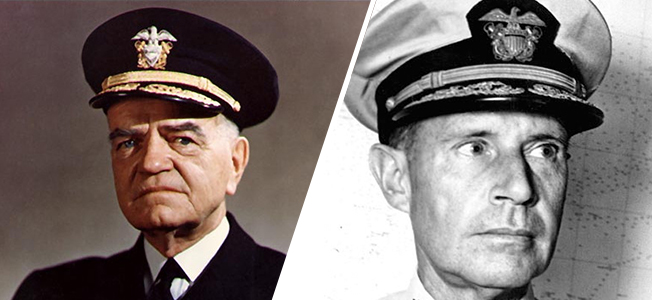
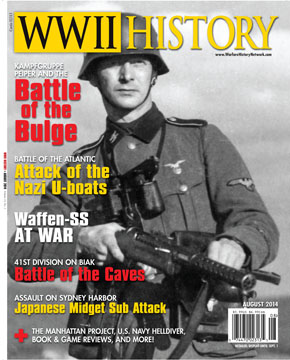
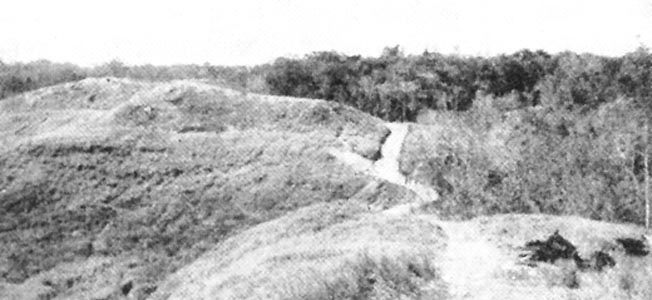
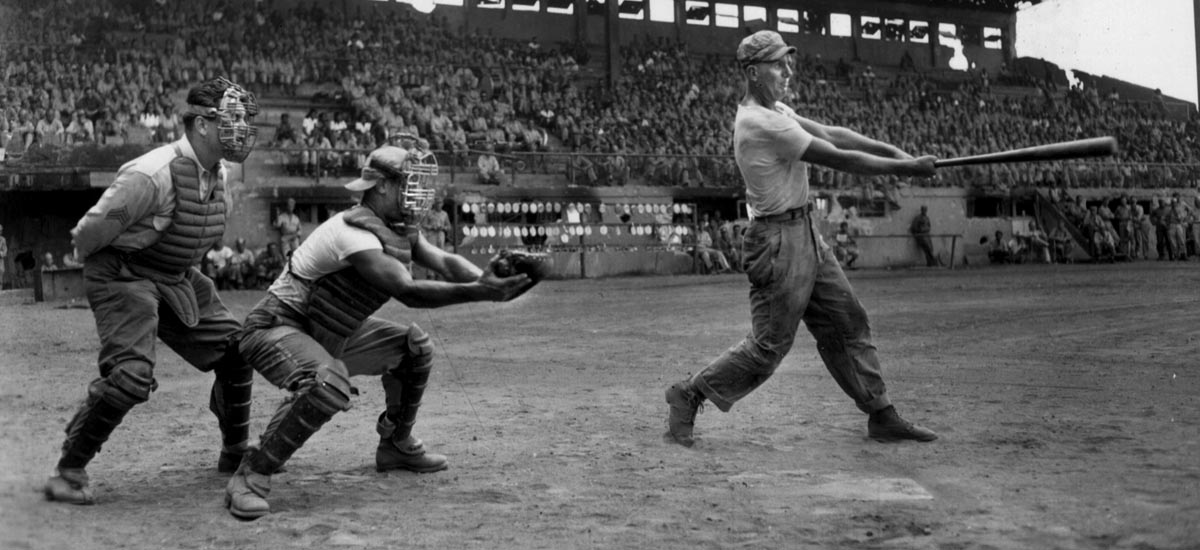
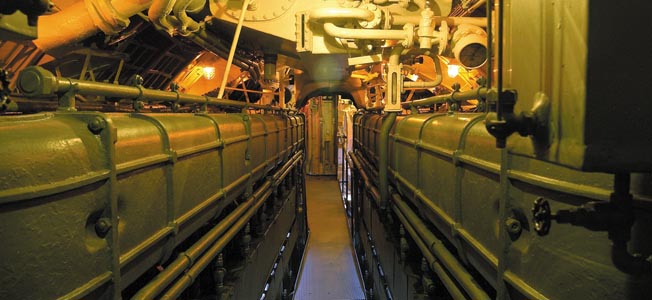
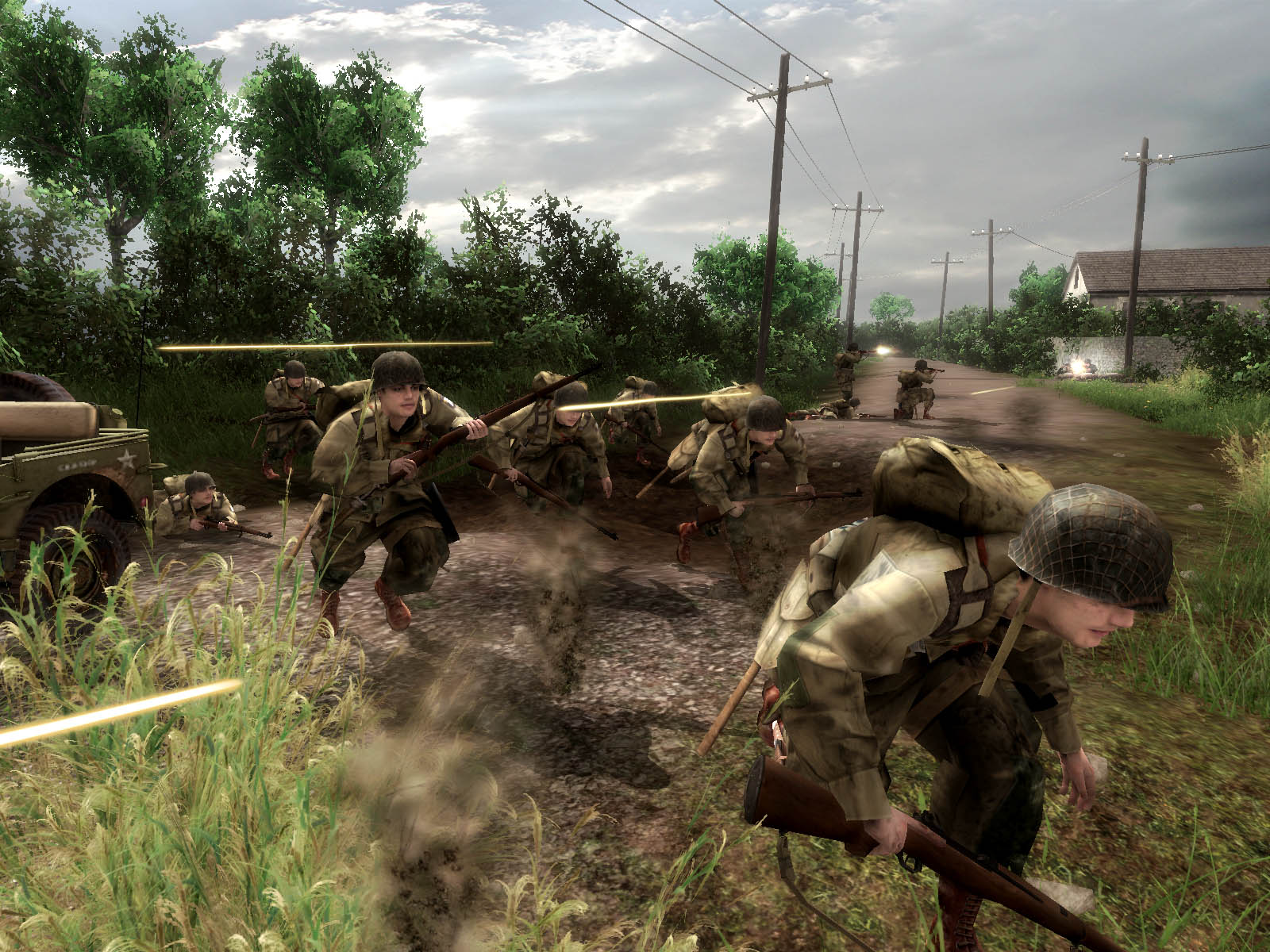
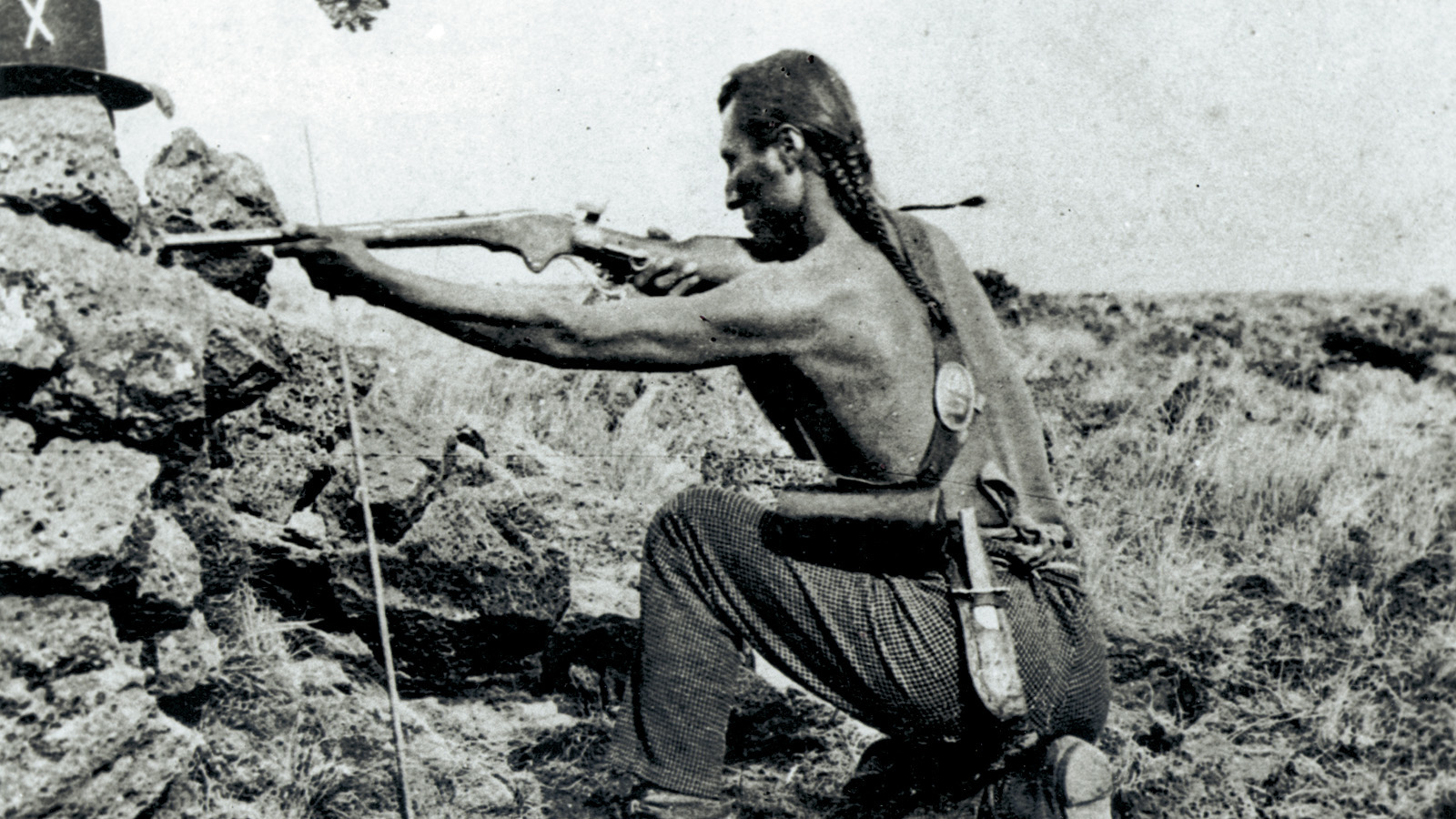
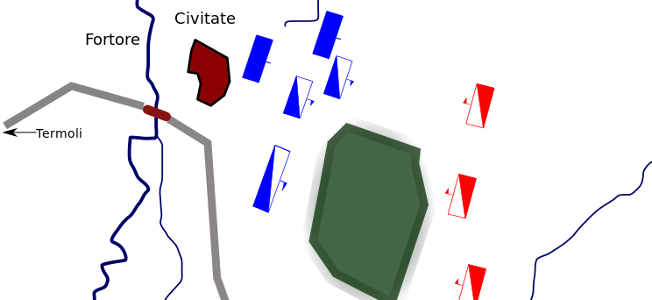
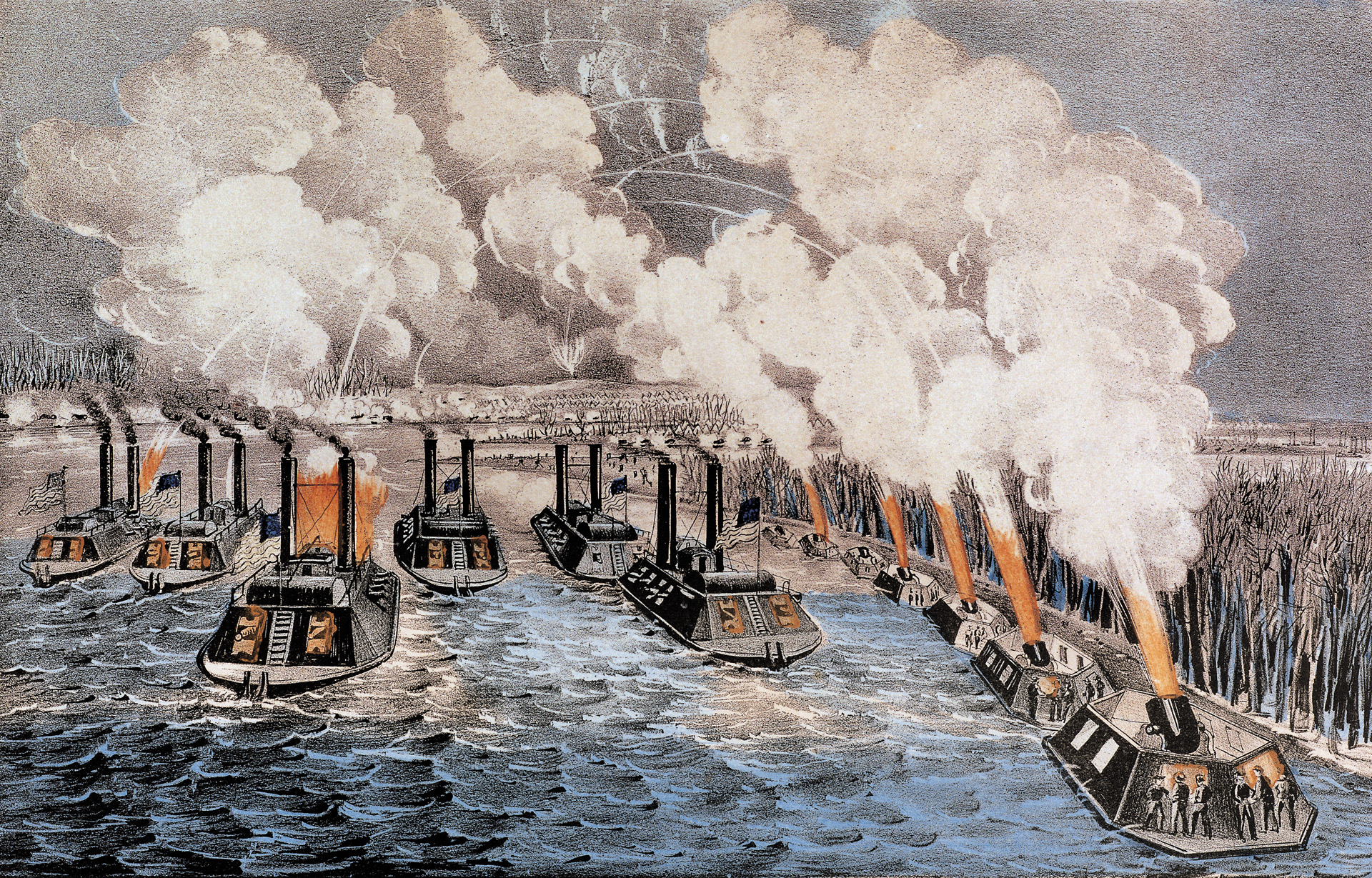
Hello, I have read extensively on World War II and the Pacific part of that war. I recently was reading a book on the 1944-1945 Pacific war and I realized that I now realized that it is not really fair to blame Spruance and Halsey for any failures at the Battle of the Philippine Sea and Leyte gulf for a very simple. They were commanding a carrier/battleship Task Force that had not even existed until late 1943 and early 1944. Furthermore, the Task Force only engaged in two major fleet engagements. Both Spruance and Halsey were learning how to command such a force with few if any instructions of how to command such a force.